This is a PLC Program for Forward and Reverse control for 3 Phase Asynchronous Motor.
3 Phase Motor Control using PLC
Problem Description
There are lots of motors and conveyors used in industries for different purposes.
In some cases, motors or conveyors need forward and reverse operation for some control purpose.
For example overhead crane, in crane every time operators moves it forward and reverse for material handling.
So we can use PLC systems for programming the motor for forward/reverse operation.
Problem Diagram
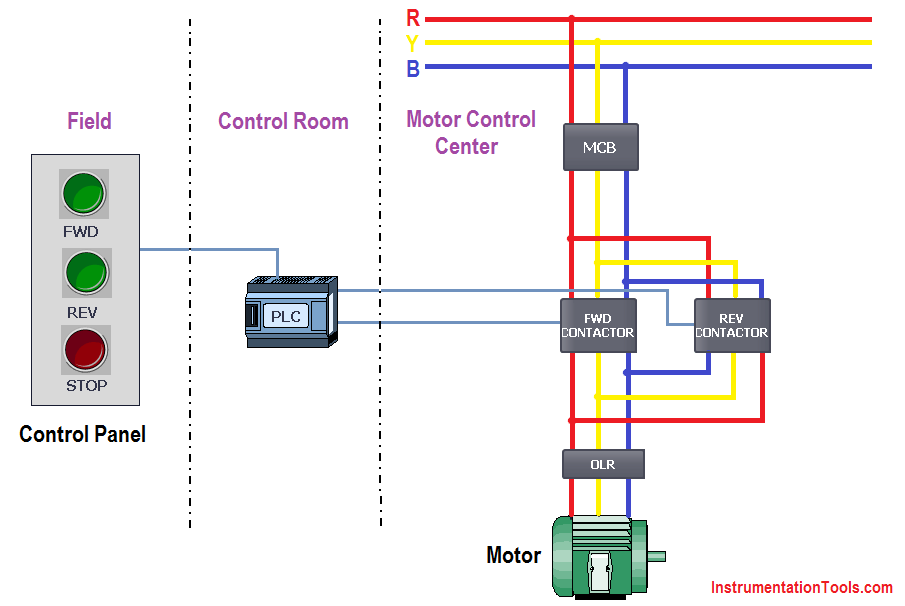
Problem Solution
In this case, we need to operate motor in both direction, that can be possible only by forward/Reverse Control Relay Circuit or through Logic.
Here we solve this problem by using simple Forward/Reverse Control Logic in the PLC.
So here we will consider one 3 phase motor for Forward and Reverse Operation.
And we will take two contactors or relays for motor control because we need two different directions here i.e. Forward/Reverse. First contactor for Forward Direction control and Second contactor for Reverse Direction control of Motor.
Also we should consider three push buttons i.e. for forward, reverse and stop functions of motor.
So here operator will use FWD PB for forward operation, REV PB for reverse operation and STOP PB for stop function.
PLC Inputs List
- FWD PB : I0.0
- REV : I0.1
- STOP PB : I0.2
- Motor Trip : I0.3
PLC Outputs List
- Motor forward : Q0.0
- Motor reverse : Q0.1
PLC Ladder diagram for Forward/Reverse control of Motor
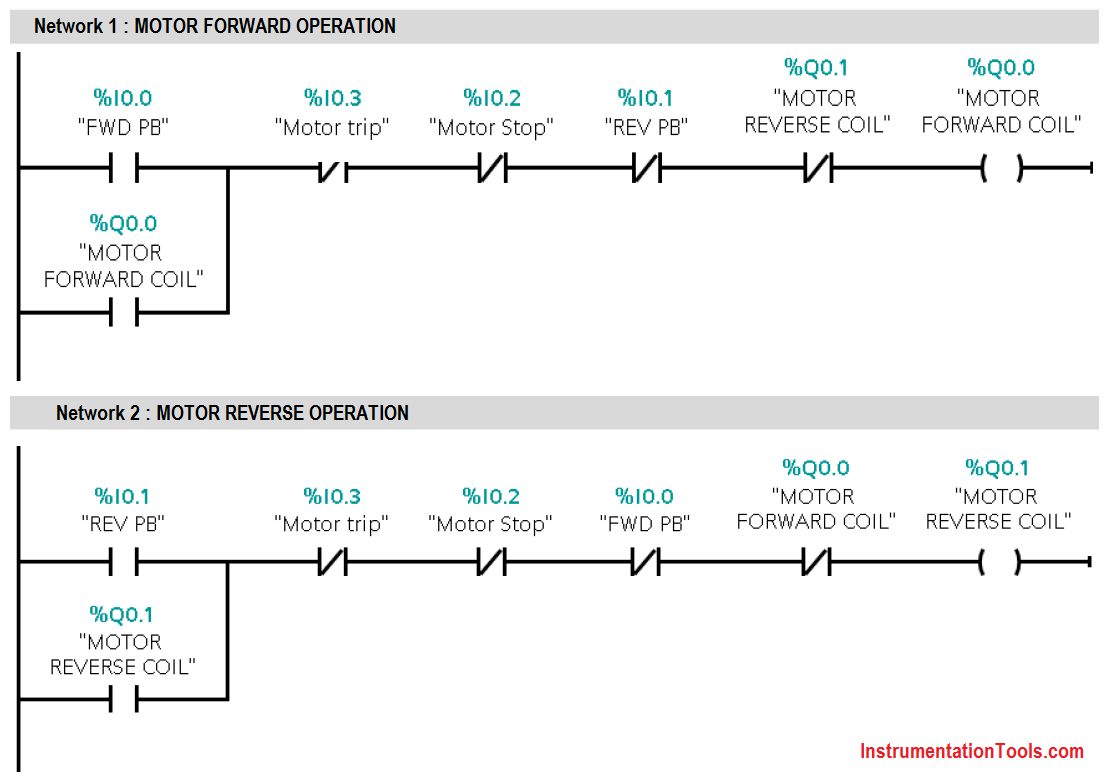
Ladder Logic Description
- In this application, we will use Siemens S7-1200 PLC and TIA Portal Software for programming. We can also design this logic with relay circuit.
- This circuit is also known as Forward/Reverse control for 3 Phase Induction Motor.
- We will write logic for forward condition in Network 1. Here we use the NO contact of FWD PB (I0.0) for forward operation of the motor, we are using push button so we need to use one NO contact of motor forward output coil (Q0.0) for latching purpose. (Push button only provides momentary contact and we need to latch the action so motor forward coil contact will be used)
- Put NC contact of motor reverse output (Q0.1) in series for unlatching the circuit because both forward and reverse should not run at the same time.
- Now write the logic for reverse condition in network 2. Here we will take NO contact of REV PB (I0.2) for motor reverse function and also take one more NO contact of the motor reverse output coil(Q0.1) for latching the motor reverse output (QO.1). (Push button only provides momentary contact and we need to latch the action so motor forward coil contact will be used)
- Here also put NC contact of motor forward output coil (Q0.0) in series for unlatching the circuit because both forward and reverse should not run at the same time.
- For interlocking purpose put NC contact of FWD PB (I0.0) in series with REV PB (I0.2) and put NC contact of REV PB (I0.2) in series with FWD PB (I0.0).
- Put NC Contact in series in both network so operator can stop forward or reverse rotation by pressing STOP PB
- Here we have used OLR for Protection of motor so add NC contact of Motor trip (I0.3) in series in both the network for motor protection
Runtime Test Cases

Note: The above PLC Logic provided for basic idea about application of PLC Logic for 3 Phase Asynchronous Motor Control. The Logic is limited and not complete application.
If you liked this article, then please subscribe to our YouTube Channel for PLC and SCADA video tutorials.
You can also follow us on Facebook and Twitter to receive daily updates.
Read Next:
- PLC Automatic Liquid Mixing
- Sequential Motor Control PLC
- PLC Conditional Control Logic
- Continuous Filling Operation in PLC
- Automatic Empty Bottle detection

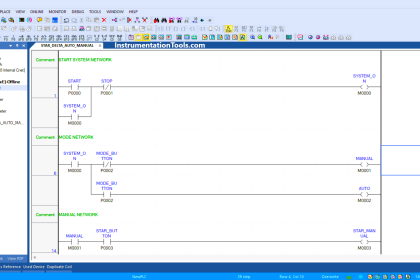
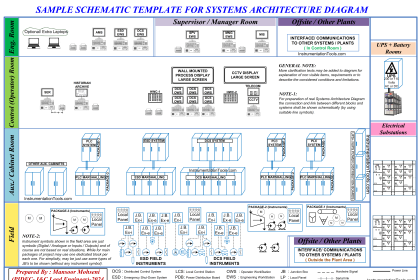
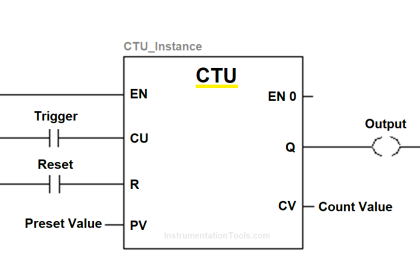



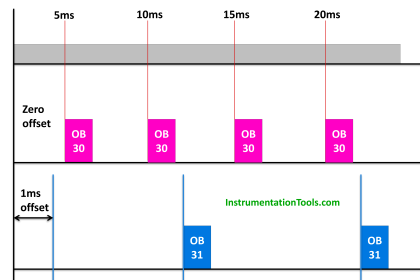
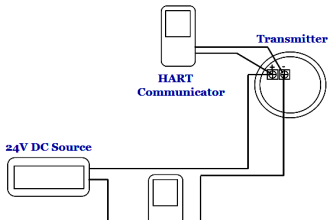
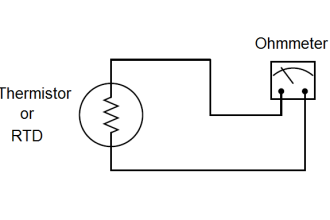


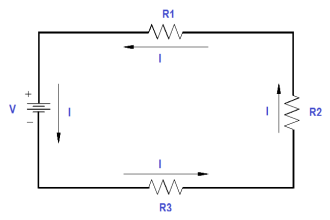

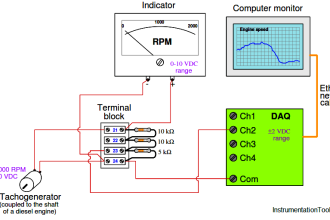


Thank you